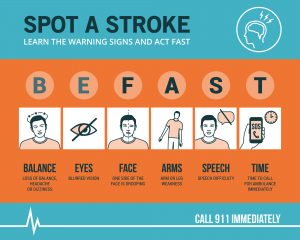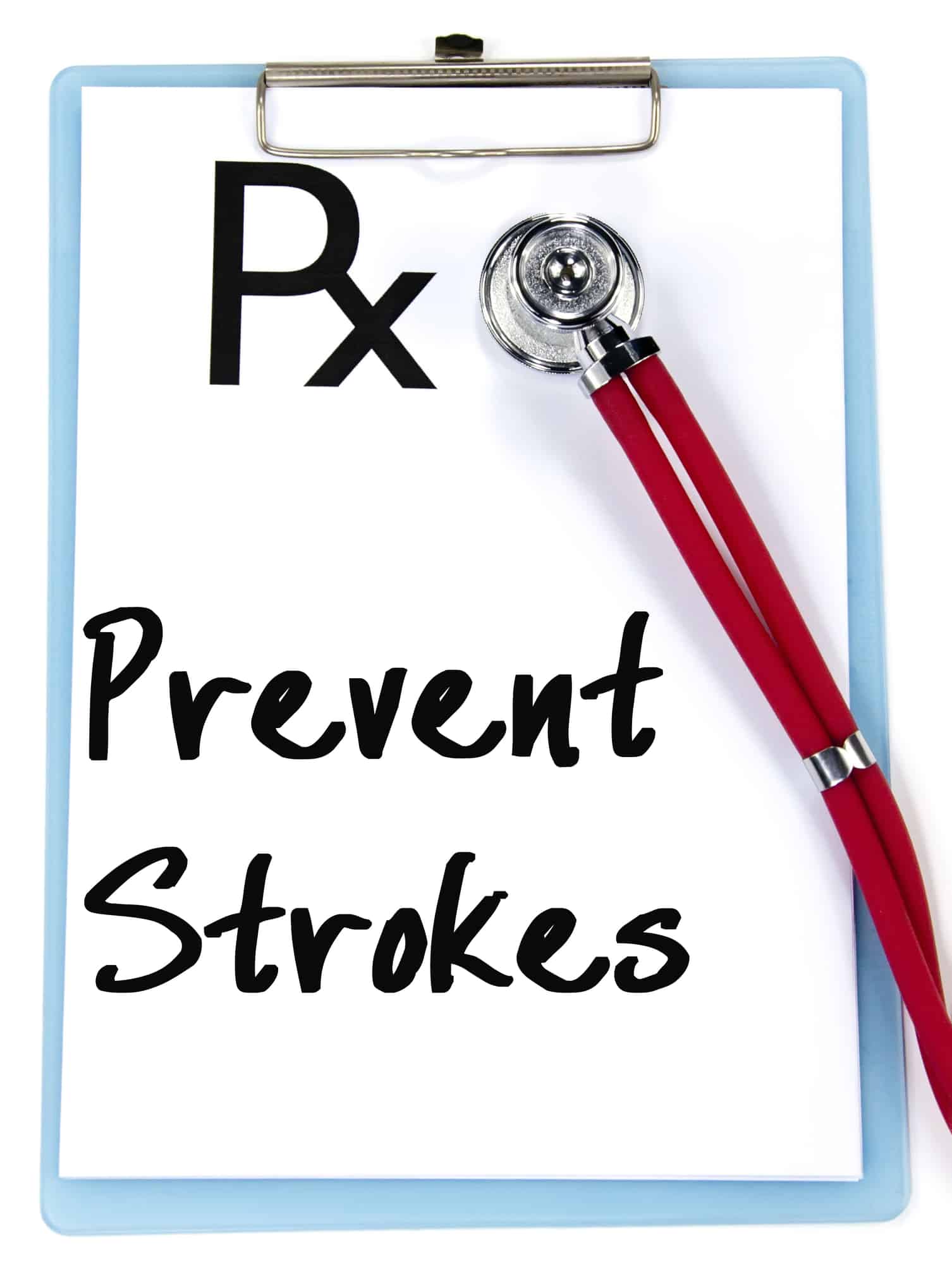
Twenty-six years ago, I walked into a chiropractor’s office with a migraine headache and was carried out after suffering a stroke. The chiropractor had either twisted my neck too far and cut off the blood supply to the brain or was too rough and tore the blood vessel. The ER doctor told me the only way to tell exactly what had happened would be a procedure that could cause another stroke, and since the treatment was the same either way, we would never find out what happened. I told the story of my stroke and its aftermath in a series of three posts beginning with My Stroke – The Beginning. I was in the acute care hospital for a week, a rehabilitation hospital for a month, and outpatient rehabilitation for many months. Although I have made a remarkable recovery, I still have what the doctors call “residuals,” limitations caused by the stroke.
Many years later, my husband had come out of the house to the small building in the backyard that served as my office. He was sitting in a chair talking to me when his speech slowed down. By the time his speech began to slur, I had asked him to raise both arms, and his right arm started drifting downward. I told him to sit still, and I called 9-1-1 and said my husband was having a stroke.
The ambulance and EMTs were there in a few minutes. They did a quick check and confirmed that he was having a stroke. They couldn’t get the gurney into my tiny office, so a couple of guys lifted Jack from the side chair, put him in my desk chair, and rolled the chair to the door. There they lifted him from the chair and transferred him to the gurney.
As they loaded Jack into the ambulance, I called our priest and both of us prayed. I climbed into the front seat of the ambulance for the ride to the hospital. By the time we arrived at the hospital, Jack’s symptoms were abating. The hospital kept him overnight, and by the next day, all his symptoms had cleared up. Immediate action and quick treatment prevented any long-term damage.
Stroke can happen to anybody at any age. Know the signs and be prepared to call for help immediately. FAST action saves lives.

